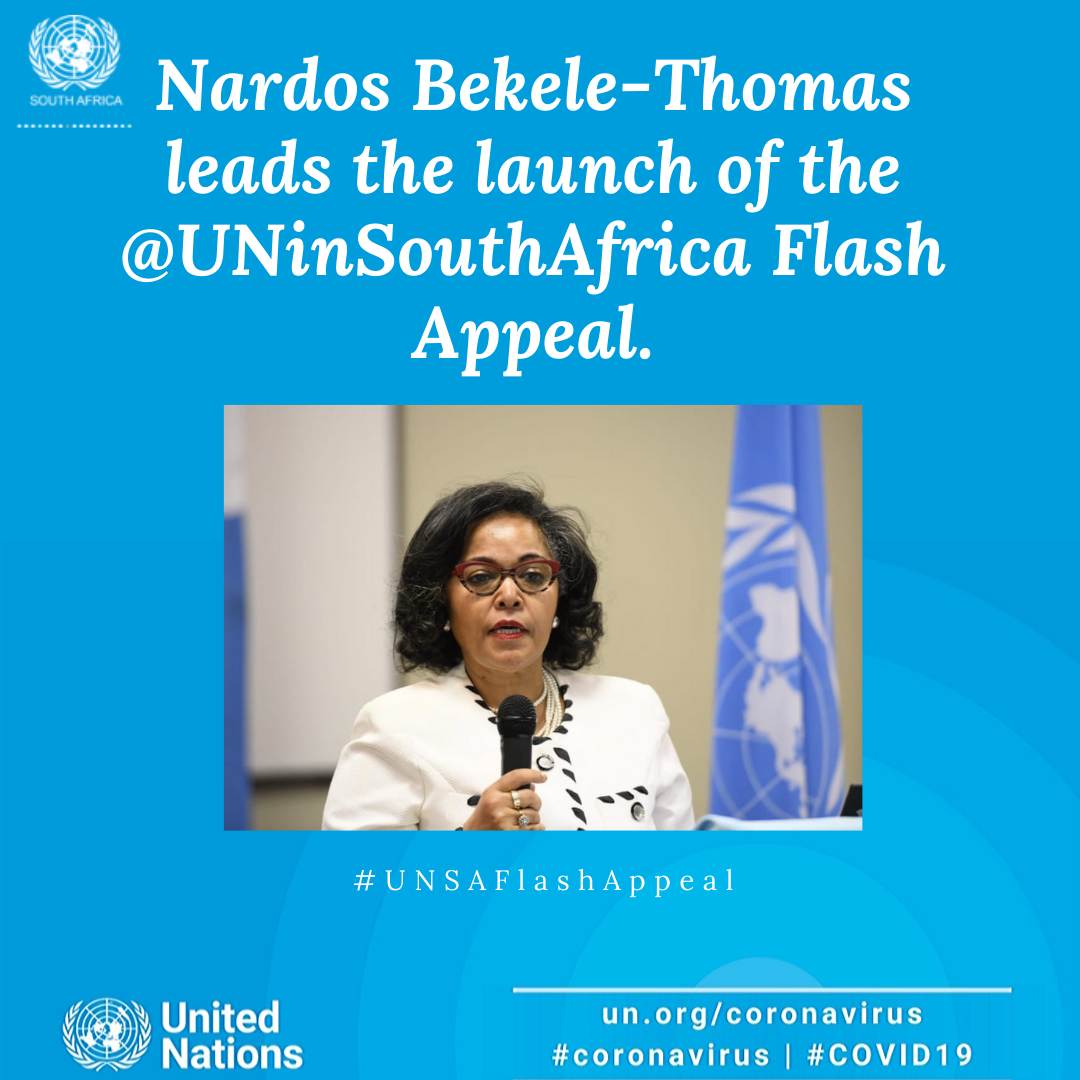
On 30 April 2020, the United Nations in South Africa launched a US$136 million (R2.5 billion) emergency appeal to assist up to 10 million people in vulnerable communities facing various risks caused by the COVID-19 pandemic in the areas of health, water and sanitation, food security and gender-based violence, among others.
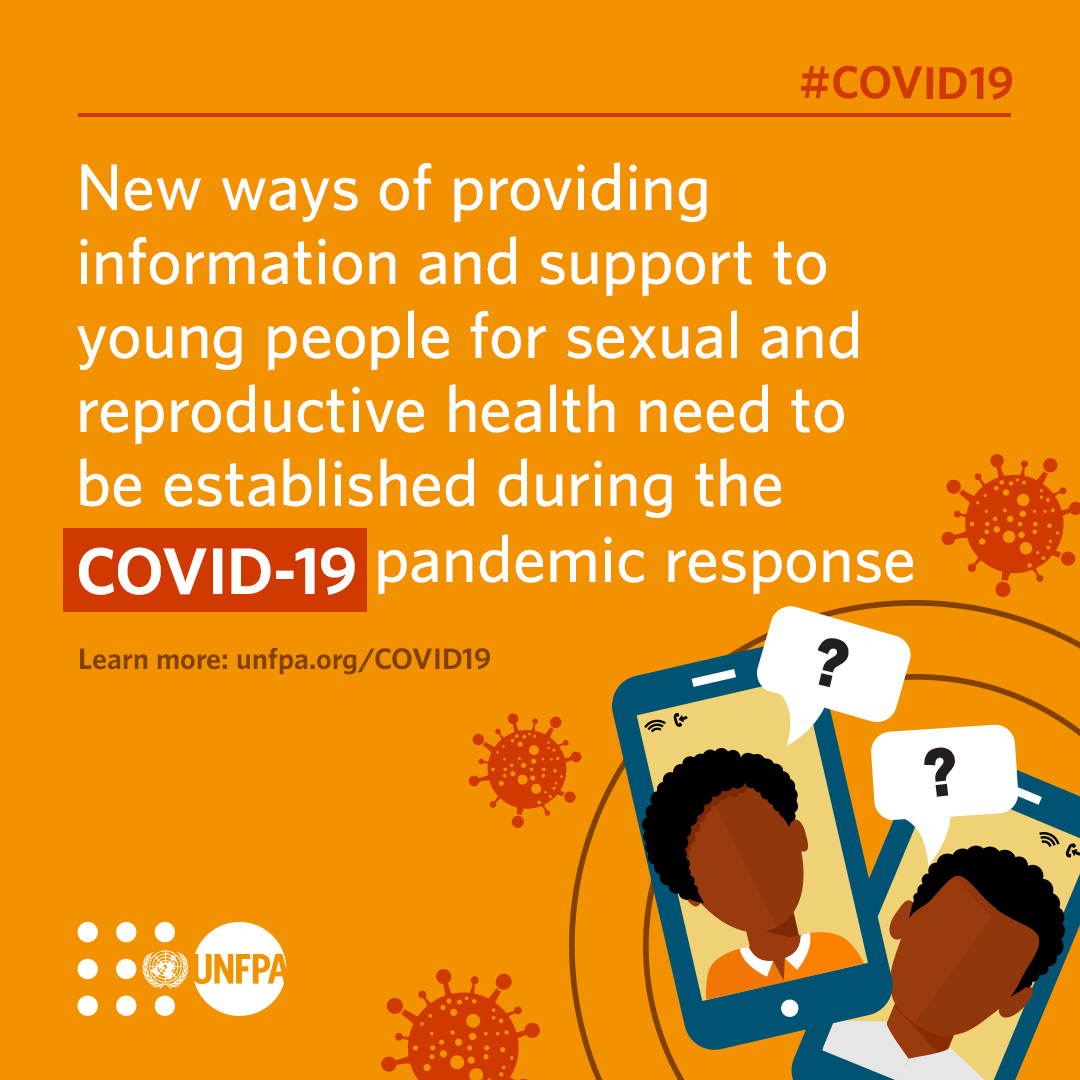
Adolescents and Young People & Coronavirus Disease (COVID-19)
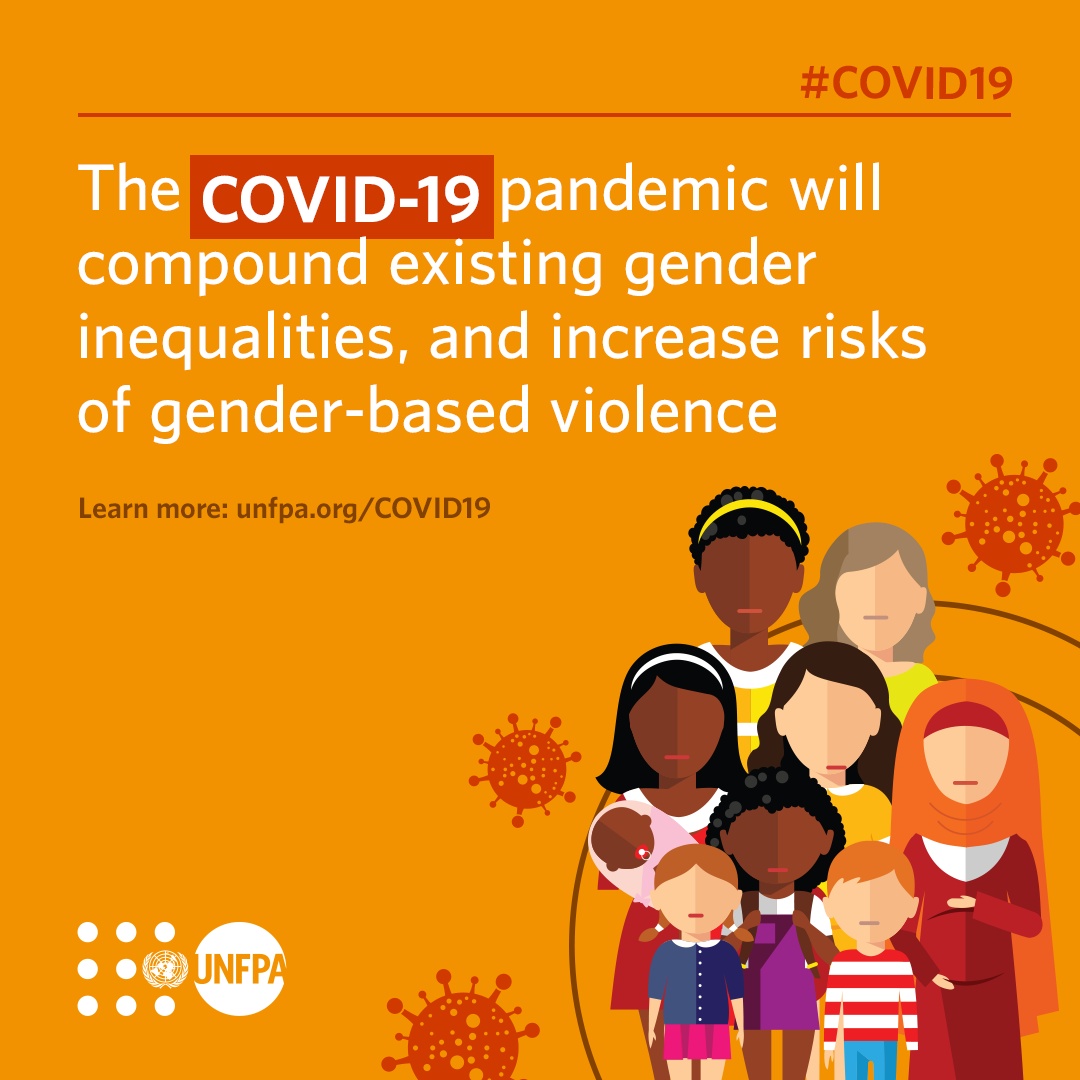
Gender Equality and Addressing Gender-based Violence (GBV) and
Coronavirus Disease (COVID-19) Prevention, Protection and Response.
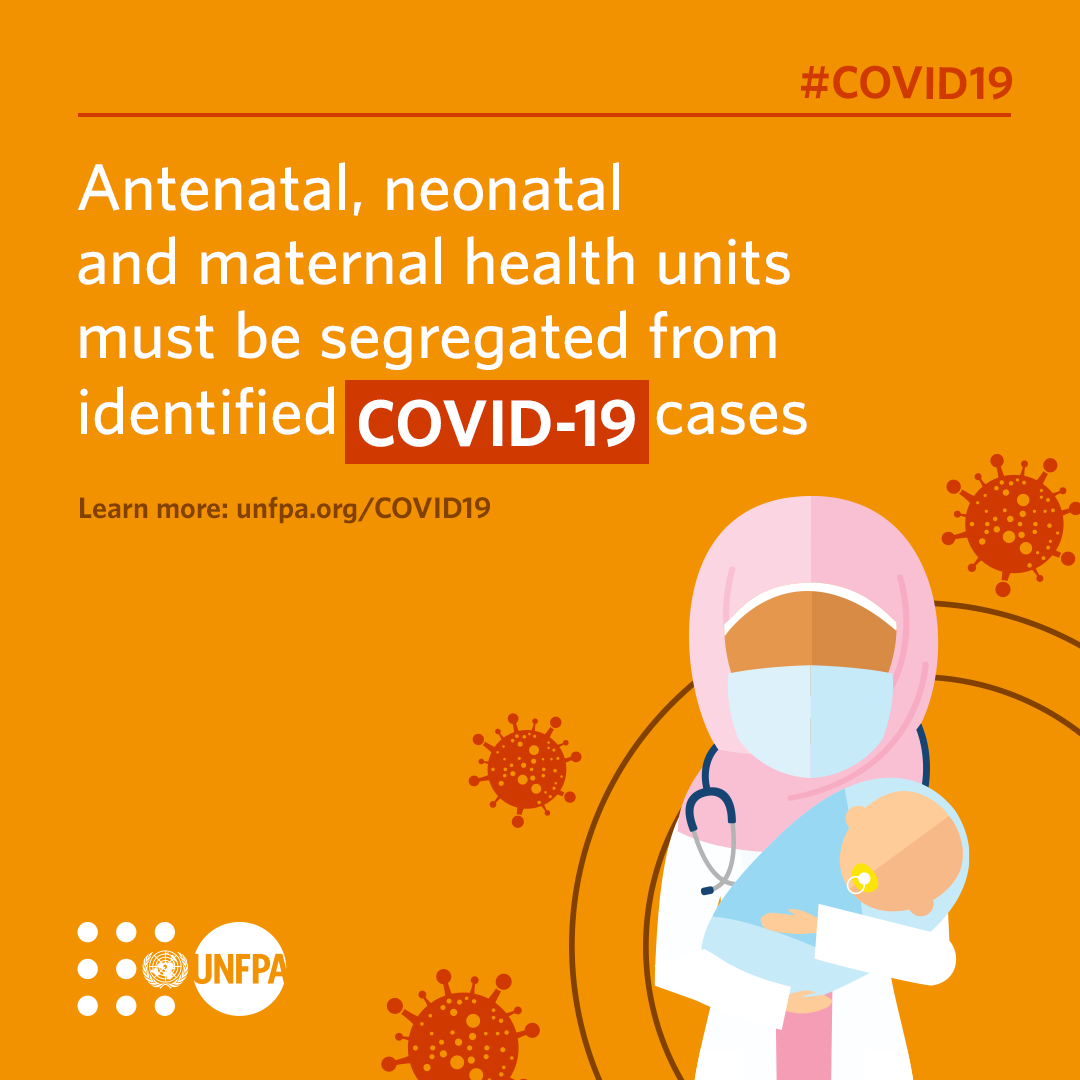
Sexual and Reproductive Health and Rights, Maternal and Newborn Health &
COVID-19
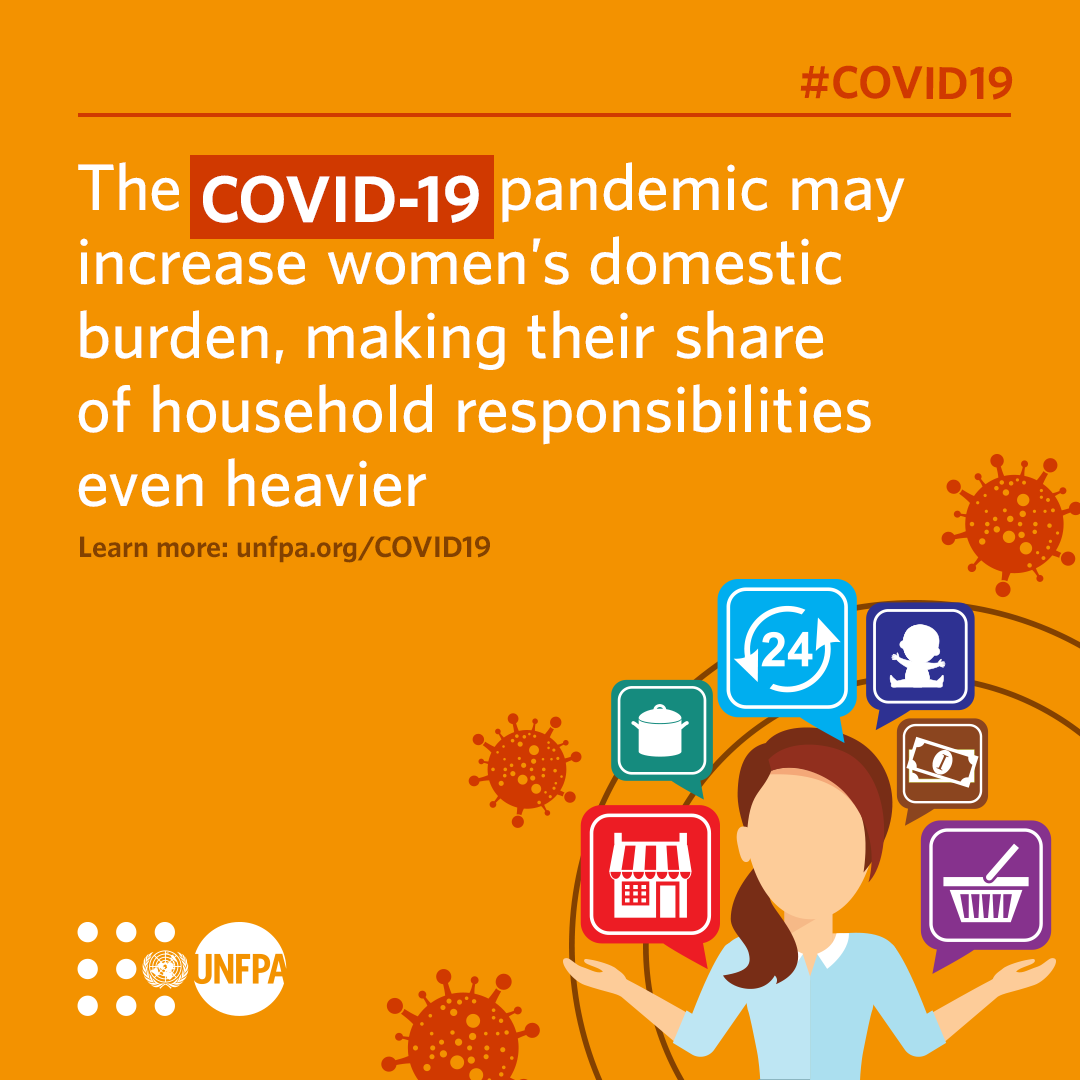
Protecting Sexual and Reprodutive Health and Rights and Promotin Gender Equality
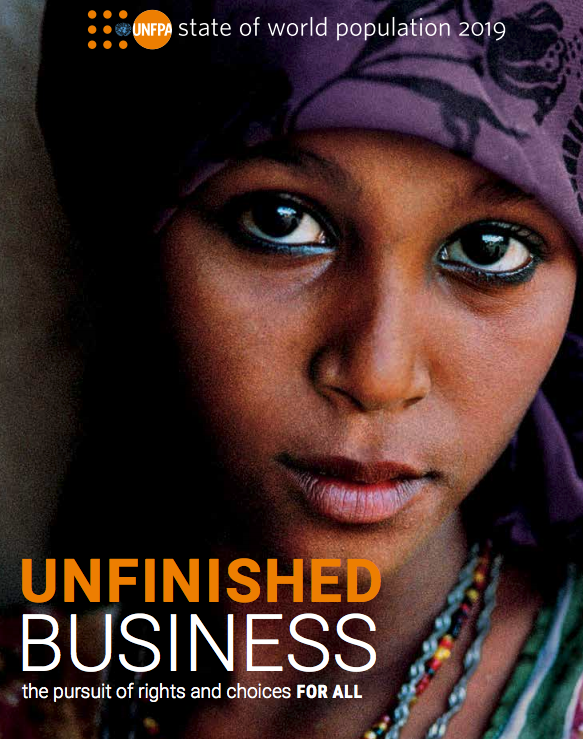
Fifty years ago, it was hard for women to obtain contraception and relatively easy to die giving birth. Many women were unable to decide whom and when to marry, and when or whether to have children.
A worldwide movement to give women real choices in life culminated in the 1994 International Conference on Population and Development (ICPD), where a consensus was reached about the links between women’s empowerment, sexual and reproductive health, and rights and sustainable development.
Not so long ago, most people had large families: five children, on average. Where once there was one global fertility rate, today there are many, with differences wider than at any point in human history.
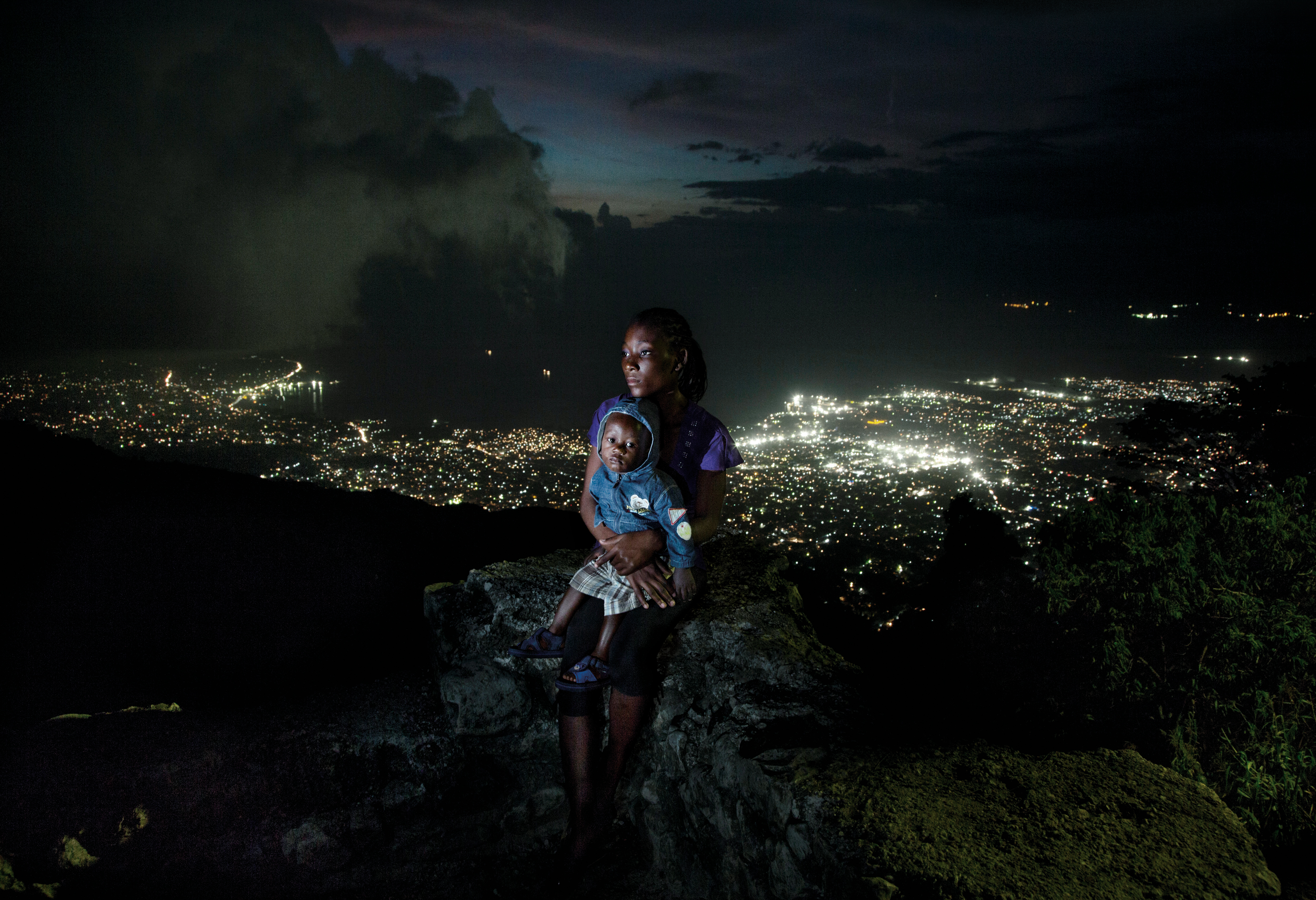
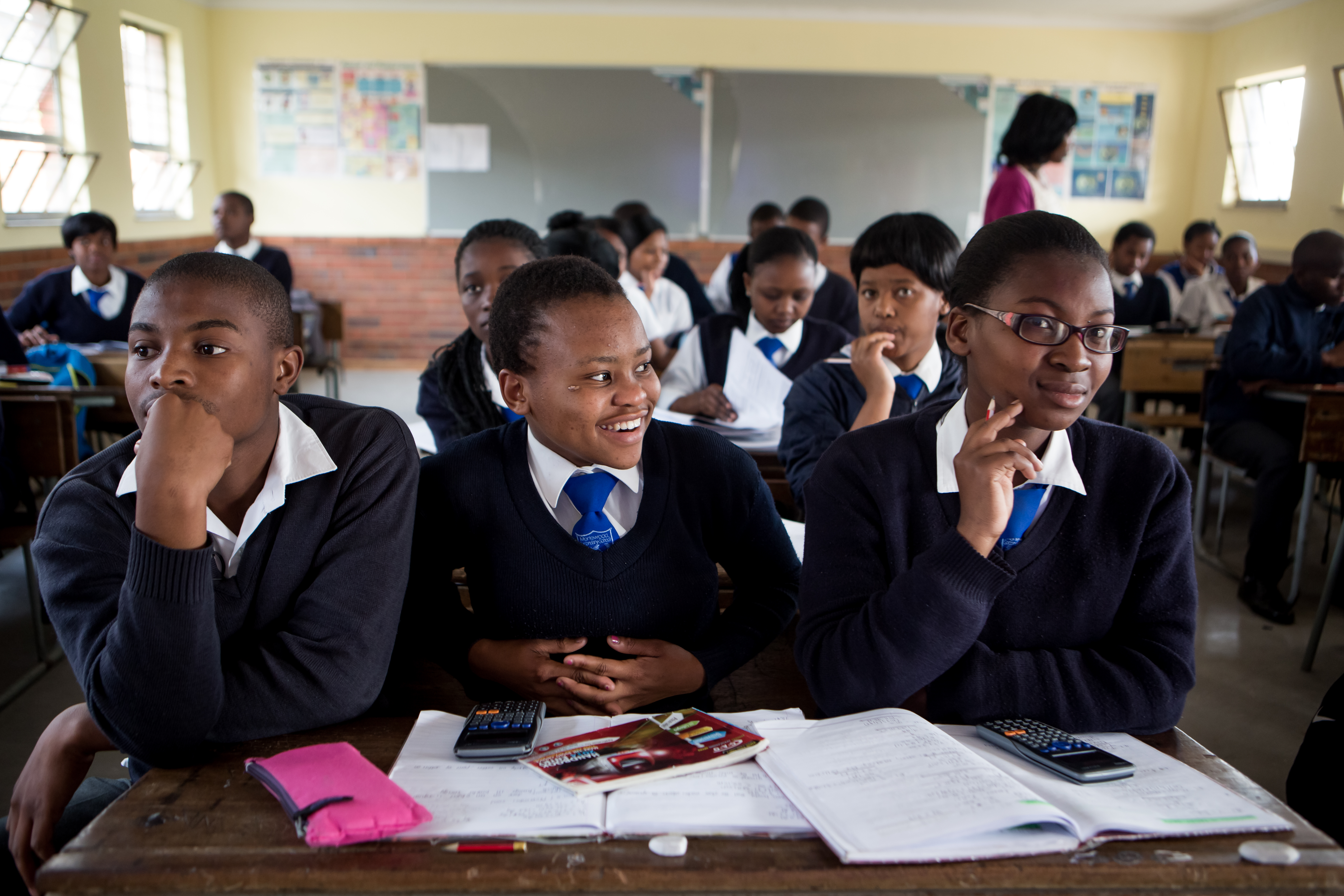
Evidence has shown that comprehensive sexuality education that is age- appropriate, gender- sensitive and life skills- based, can provide young people with the knowledge, skills and efficacy to make informed decisions about their sewxuality and lifestyle. When young people are equipped with accurate and relevant information, when they have developed skills in decision- making, negotiation, communication and critical thinking, and have access to counselling and SRH/HIV services that are affordable, they are better able to take advantage of educational and other opportunities that will impact their lifelong well- being.
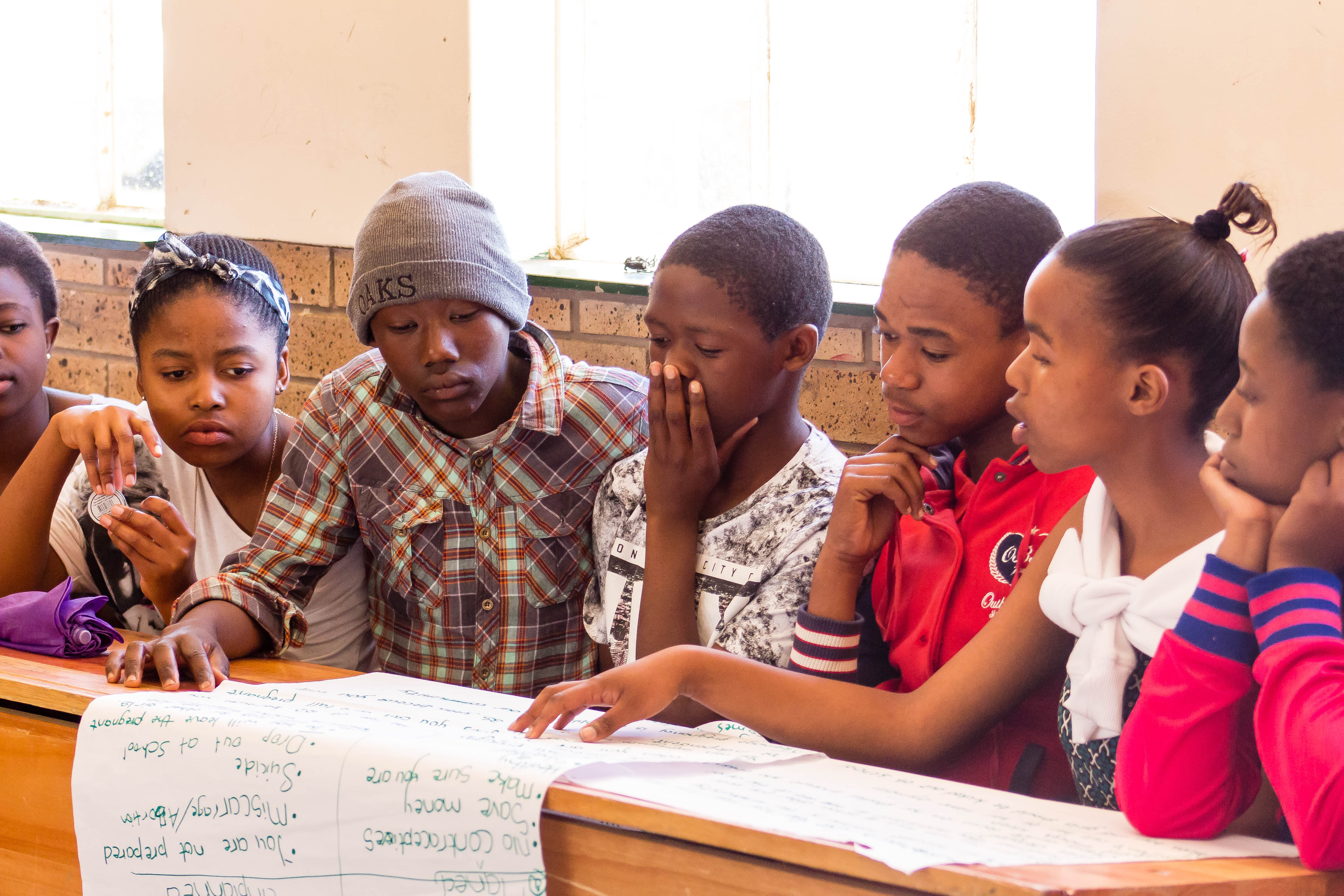
Worldwide, more than a million young people between the ages of 15-24 are newly infected with HIV each year. In 2013, almost 60% of all new HIV infections occurred amongst adolescent girls and young women between the ages of 15 and 24. The HIV-incidence rate among female youth aged 15 to 24 in South Africa is more than four times higher than their male counterparts.
In 2012, KZN not only had the highest HIV prevalence in the country but the highest prevalence of 12% amongst young people in this age group. In developing countries there is a lack of research on what young people perceive to be important during the delivery of reproductive health services.